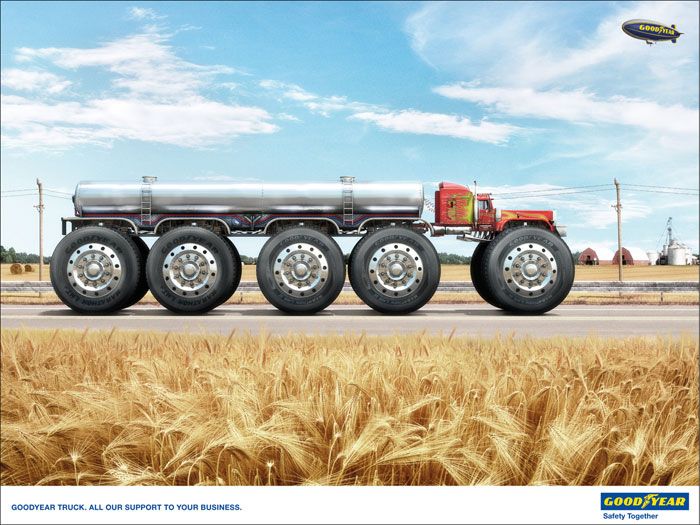If you are like most truck drivers, you know that it is important to keep your tires in good condition. This not only keeps your truck running smoothly but also helps to ensure your safety on the road. One of the most important maintenance tasks for truck tires is balancing them.
In this blog post, we will discuss the different methods used for tire balancing and how to use balancing beads to achieve a fast and easy balance.
When it comes to truck tire balancing, there are three main methods used, each method has a different procedure, and they all take different times to complete:
While all tire balancing methods work well, bead balancing is often considered the fastest and easiest way to achieve balance. This is because there is no need for weights or machines to be used.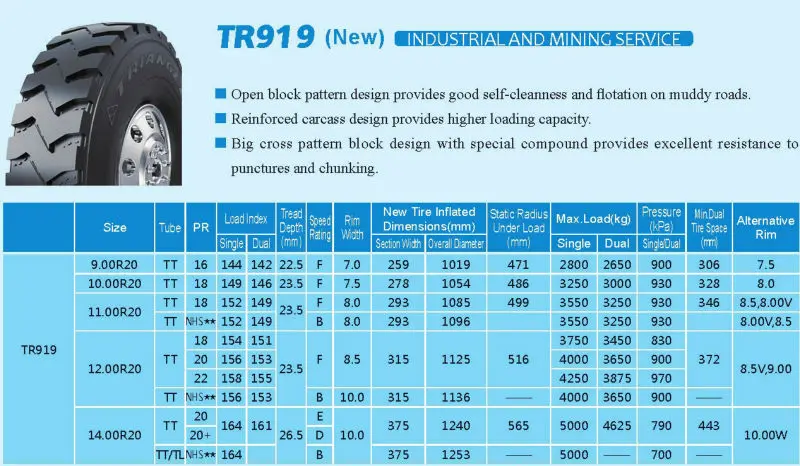
ABC Balancing Beads offer balance beads for truck tires and other vehicles. They make use of an injection procedure that takes little to no time (5 minutes per tire) and is hassle-free:
Step 1: Place a floor jack underneath the front axle when steering tires to take the pressure off them.
Step 2: Release the air from the tire through the valve stem.
Step 3: Fill the injection pump by simply pouring the beads into the reservoir.
Step 4: The chuck is attached to the valve stem to ensure the air pressure is in the off position, and attach your airline.
Step 5: Holding the injection tool vertically, up in the air valve release from three to six o’clock, slowly turning the injection tool upwards toward you.
It’s important to always keep your tires in good condition by regularly balancing them. ABC Balancing Beads are the quickest solution if you’re looking for balancing beads for truck tires. It will help increase your safety on the road, prolong the life of your tires, and save you money in the long run.
It will help increase your safety on the road, prolong the life of your tires, and save you money in the long run.
| How-To - Wheels and Tires
Being able to road-drive an extreme 4x4 is what separates capable rigs from glorified side-by-sides. However, road-driving any very capable off-road rig with big, heavy, and durable tires can pose more than a few challenges. Tires chunk and wear oddly when used in extreme environments. Wheel weights can get knocked off on rocks. Tires can spin on wheels. All of these things can throw off past attempts at tire balancing. Running imbalanced tires that at speed on the road can be a real pain in the stinker, causing death wobble, tire hop, and general dangerous driving conditions. With a few tricks and a little work you, too, can get your tires to behave on-road like they’ve got a lick of sense. Here are a few tips and tricks we have tried when wheels and tires don’t cooperate with our on-road driving plans.
This style of stick-on weights is the best for balancing tires that get used off-road if you want your tires to stay balanced. But even with stick-on weights (or clip-on weights), tires can spin on the wheel, throwing the whole tire balance off and wasting time and money. We’ve also seen mud and sticks tear both styles of weight off the inside of wheels while off-roading (although some duct tape over stick-on weights may help retain them). Wheel weights that clip onto the wheel’s rim can move or get knocked off and are pretty useless to those of us who wheel on anything other than gravel.
Tires mounted on beadlock wheels can be hard to balance but also have advantages. A lightweight wheel, like these forged Welds with beadlocks added by OMF, is easier to run balanced when combined with well-made newer tires. Once used and chunked, the tires can start hopping, wobbling, or shaking. Because these older Weld wheels are forged aluminum they are quite strong while being lightweight.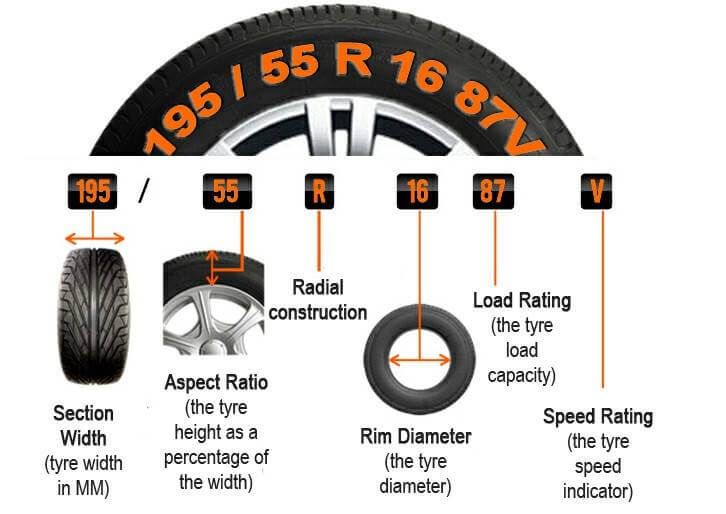 Which makes them easier to balance. Also, the welded-on inner beadlock rings have been machined to maximize weight savings, and sometimes a beadlock ring can help protect a stick-on wheel weight from getting knocked off while the beadlock keeps the tire from spinning
Which makes them easier to balance. Also, the welded-on inner beadlock rings have been machined to maximize weight savings, and sometimes a beadlock ring can help protect a stick-on wheel weight from getting knocked off while the beadlock keeps the tire from spinning
We’ve tried adding Air Soft BBs to out of balance tires with some success. By adding 101⁄2 ounces to each of the two front tires on our beater Jeep and running 35 psi on the road, our death wobble is better if not gone. You can find a chart online giving you a weight to add to each tire for starters. Some tires need more, some less. We’ve also heard of people using 00 buckshot, birdshot, sand, steel BBs, and even a little water to balance tires internally. To add any of the above, pull the valve core and break the inner bead with a piece of wood, truck with trailer hitch, and a Hi-Lift Jack as shown. Then pour in your balancing medium. Experiences and opinions on this method of tire balancing differ.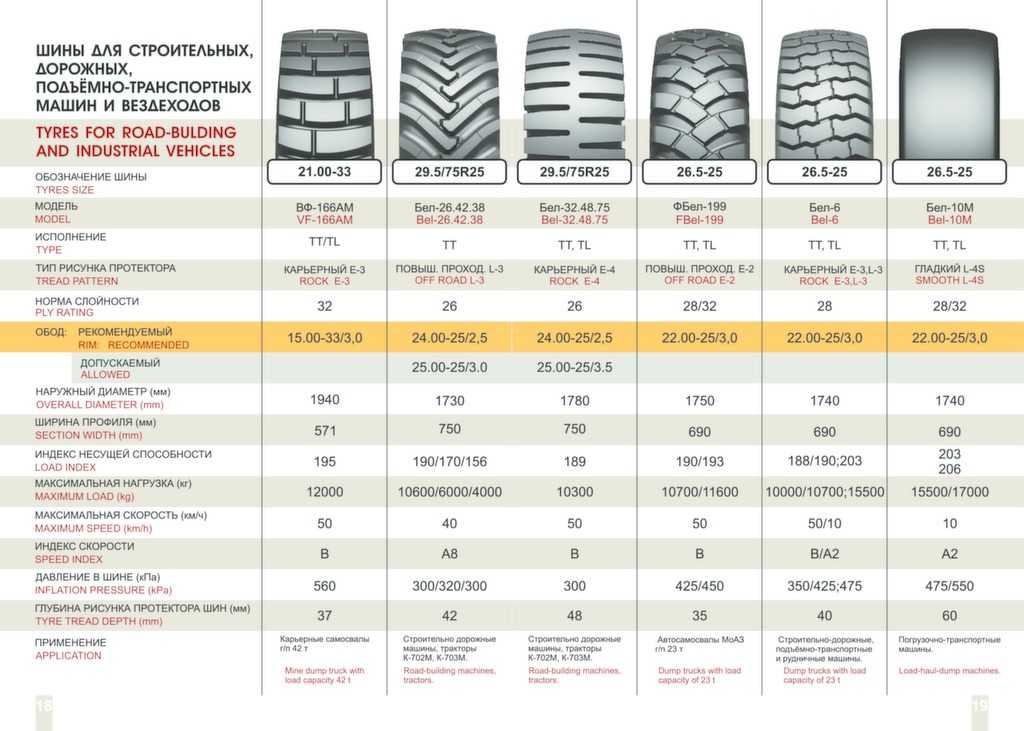 A few commercial tire balancing beads are also available, such as Dyna Beads, which offer results with product support. The theory is that when a heavy spot in the tire rotates up as the tire spins, the tire bounces and the balancing media goes down. As this happens with a few revolutions, the media collects on the side of the tire opposite the heavy spot and counters the weight as the tire turns.
A few commercial tire balancing beads are also available, such as Dyna Beads, which offer results with product support. The theory is that when a heavy spot in the tire rotates up as the tire spins, the tire bounces and the balancing media goes down. As this happens with a few revolutions, the media collects on the side of the tire opposite the heavy spot and counters the weight as the tire turns.
With these large tires running on bent and recentered h2 beadlocks, lower air pressure was the key to keeping the tires from shaking and bouncing this M37 to pieces. Yes, this rig gets driven on-road. Yes, it goes faster than the street sweeper. OK, not much faster. The top speed on this rig is 65, but what do you want from an old military truck turned crawler that can go almost anywhere (including taking the kids to school)? The larger the tire, the larger the tread lugs and the harder the tire is to get balanced. Likewise, the heavier the wheels, the harder things are to balance. This may be one case where bigger is not better.
This may be one case where bigger is not better.
Wheeling in mud and water with low tire pressures can allow dirt, mud, or water to slip into your tires through the bead. When this happens your tire can be out of balance and may not hold air. Then you have to dismount the tire, clean the tire and bead surface, and remount the tire. Mud can also get caked on the inside of your wheels, wreaking balancing havoc. When this happens you need to find a pressure washer to hose the goop off the wheel.
Bias-ply tires like the Super Swamper SX are longtime favorites with anyone who abuses his tires in heavy rock. These tires last forever (in the dirt) and grab with confidence where lesser tires get cut and go flat. That said, these tires can chunk and wear in ways that make balancing them next to impossible. Bias-plys also flat-spot when parked for more than a few years and will hop around until they get warm enough to round out. One solution for these issues is to keep your trailer ready to go at a moment’s notice.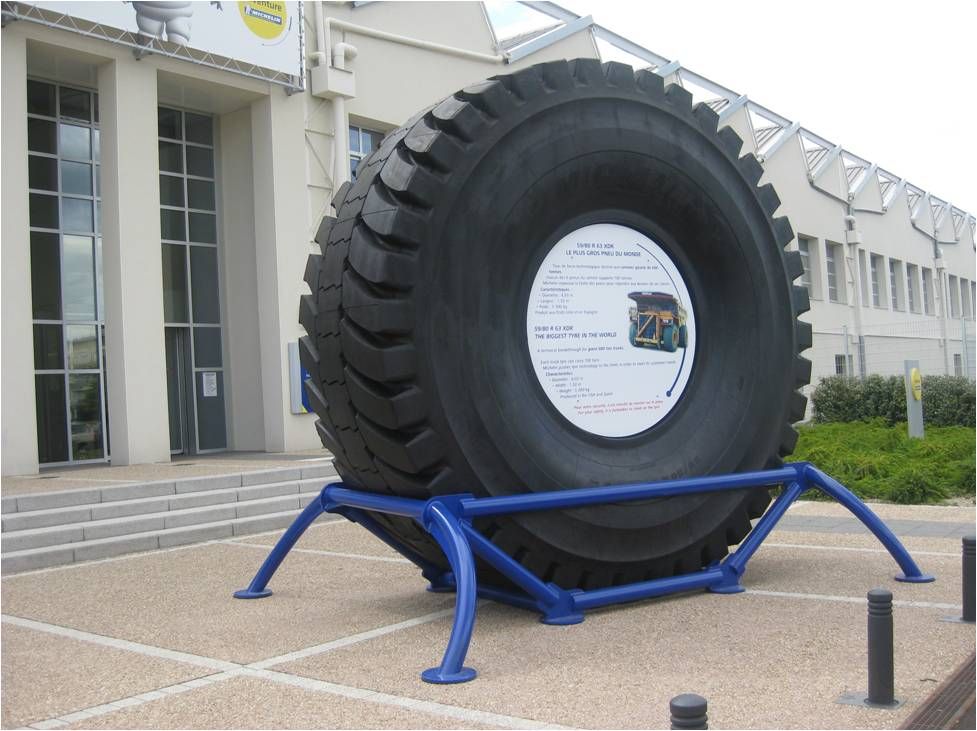 The alternative is to buy new sets of these tires long before the treads are close to being too worn out for off-road use. The good news, if you do this, is that you can sell the used tires for a decent price to someone who trailers his rig. With some of these tires, like the SXs shown here, the rubber is so thick that you can extend the tire’s off-road use with a grooving iron, but that does not help balancing issues.
The alternative is to buy new sets of these tires long before the treads are close to being too worn out for off-road use. The good news, if you do this, is that you can sell the used tires for a decent price to someone who trailers his rig. With some of these tires, like the SXs shown here, the rubber is so thick that you can extend the tire’s off-road use with a grooving iron, but that does not help balancing issues.
Unfortunately, many people do not pay due attention to the preventive maintenance of car wheels. But if you understand the issue, then timely balancing is one of the most important processes in the regular maintenance of the vehicle. And now it's all said about the passenger car segment, where the scope of responsibility, although it remains high, is far from being as critical as that of heavy trucks. When it comes to analog inspection of freight transport, the importance of timely and regular balancing increases many times over. Why is that? Let's take a look at the reasons!
And now it's all said about the passenger car segment, where the scope of responsibility, although it remains high, is far from being as critical as that of heavy trucks. When it comes to analog inspection of freight transport, the importance of timely and regular balancing increases many times over. Why is that? Let's take a look at the reasons!
If you believe the logic of a large percentage of drivers, then you just need to find out the prices for truck tires, as you begin to forgive literally all the flaws in the purchased set. Such negligence on the part of drivers is explained by the inherent margin of safety “in such money”. But such an absurd practice can turn into serious problems not only for the wheels of the car, but also for a number of key parts of the chassis.
In order to understand the degree of impact of an unbalanced wheel on the car, let's simulate the situation with a passenger car (diameter 15 inches)
Even with a slight discrepancy in the balance of the wheel, while driving, the wheel experiences vibration, which is similar to hammer blows weighing 3 kg with a frequency of up to 800 beats per minute.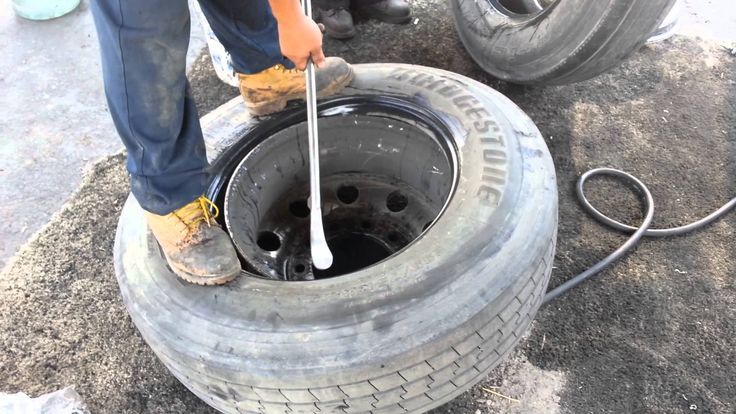 And it's just a car. If we are talking about a truck, then we can only imagine the degree of destructive impact. It is one thing when such a load is only on the wheel itself, which in itself is unsafe and can lead to irreparable situations at any time. But the pressure exerted by vibration as a result of an unbalanced wheel affects both the running parts and the frame and axles of the car.
And it's just a car. If we are talking about a truck, then we can only imagine the degree of destructive impact. It is one thing when such a load is only on the wheel itself, which in itself is unsafe and can lead to irreparable situations at any time. But the pressure exerted by vibration as a result of an unbalanced wheel affects both the running parts and the frame and axles of the car.
When should you balance your wheels?
According to general recommendations, it is necessary to carry out preventive balancing:
- when installing the wheel for the first time;
- after each replacement of a tire or a set of tires;
- every 30 - 40 thousand km. run;
- after each tire repair;
- with the primary signs of uneven rubber consumption.
In other words, balancing is carried out immediately after any manipulation with the wheels. If you decide to buy tires for a truck, then automatically keep in mind the above process before direct operation.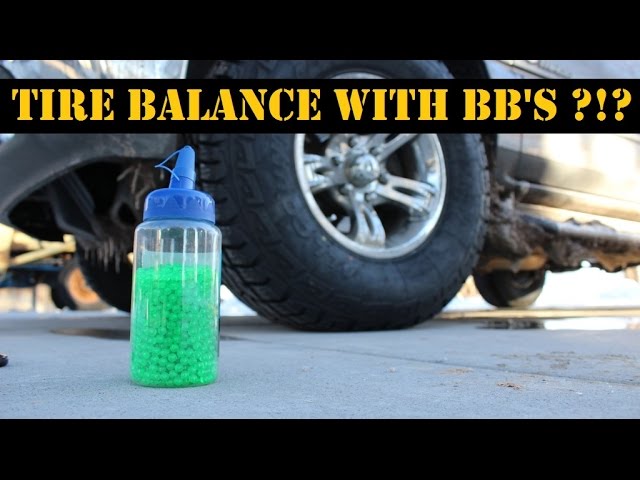
When and for which axes do you need to balance?
In fact, the need for balancing is in no way related to the axle of the wheel being used. There is a myth that claims that the steering axle of the car must be balanced. This choice is motivated by the fact that controllability is a priority choice. However, this has nothing to do with safety and common sense. If you follow the balancing of the wheels on the steered axle, while the leading one “walks” as he wants, then this will easily end up with the usual replacement of half of the key parts of the running gear and the deformation of the car frame. And this is if you are lucky and the drive wheel does not get into bumps on the road and does not provoke a loss of controllability. This is also quite possible and not at all uncommon.
Which tires need to be balanced less often?
This is another one of the common myths in the public. There is absolutely no difference who is the manufacturer of this or that kit. If you take a look at a truck tire shop, you can choose any two models with absolute precision among the wide range and they will need the same care. This is completely independent of the design features of the tire, its composition or the specifics of production. Balancing cargo wheels is not a matter of product quality, but of operating conditions.
If you take a look at a truck tire shop, you can choose any two models with absolute precision among the wide range and they will need the same care. This is completely independent of the design features of the tire, its composition or the specifics of production. Balancing cargo wheels is not a matter of product quality, but of operating conditions.
The consequences are manifested in the form of shaking, beating in the steering wheel. If the truck tires are properly balanced, there will be no unnecessary centrifugal forces that will transmit vibration first to the suspension, then to the entire chassis.
Truck tires are under enormous stress: sum up the weight of the car, the weight of the transported cargo, off-road, on which trucks, Kamaz, Gazelles most often move. Meanwhile, if there are no doubts about passenger cars, then the balancing of cargo wheels is a topic of heated debate among drivers of heavy equipment. Many, even experienced motorists, consider the procedure superfluous.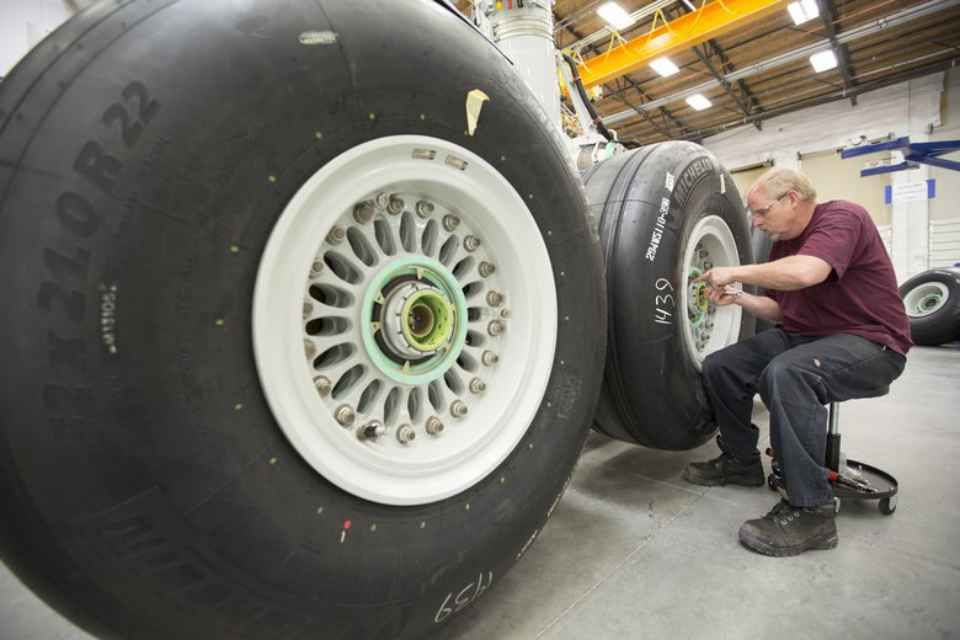
Wheel imbalance - uneven distribution of weight around the tire circumference. When it comes to a 5-6-ton ZIL or a 10-ton cargo van, the carriers claim that the suspension and chassis suffer more from the pits and potholes of domestic roads. The damage from the imbalance is considered scanty. And balancing the wheels of trucks is a whim.
But tire engineers and auto mechanics have a different opinion. Well-balanced tires go on a bumpy road, evenly taking on depressions. Suspension, of course, suffers. But she and the chassis receive blows systematically, with the same frequency, equal to the speed of the wheel, if there is a “light point” in the slope.
Wheel balancing on the machine
An example to make it clear: given - unbalance 500 g, car speed - 100 km/h. With such initial data, the truck tire is pressed against the roadway by a weak point 8 times per second. The suspension receives a shock equal to 50 kg with a frequency of 8 Hz. The devastating consequences are not hard to imagine.
The devastating consequences are not hard to imagine.
Another argument: due to weight heterogeneity, tires wear out faster, and the cost of a new tire is not commensurate with the price of a tire fitting procedure.
Truck tire imbalance is as common as it is on passenger cars.
The reasons are as follows:
The consequences are manifested in the form of shaking, beating in the steering wheel. If the truck tires are properly balanced, there will be no unnecessary centrifugal forces that will transmit vibration first to the suspension, then to the entire chassis.
Is it necessary to balance the cargo wheels
These forces are multidirectional with respect to the horizontal and vertical axis of inertia: one wheel jumps, the other goes down, the third writes out the “eight”. The car's handling drops rapidly, the stopping distance lengthens, fuel consumption increases.
The car's handling drops rapidly, the stopping distance lengthens, fuel consumption increases.
Abroad, balancing for heavy dump trucks has become mandatory, in Russia - the decision is up to the owner. But experts agree that truck wheels need to be balanced: constant vibration is detrimental to suspension elements, hitting the steering wheel tires truckers.
Balancing of cargo wheels (on video) eliminates uneven wear of rubber, prolongs the life of stingrays by 20%.
There are many ways of balancing, including do-it-yourself balancing:

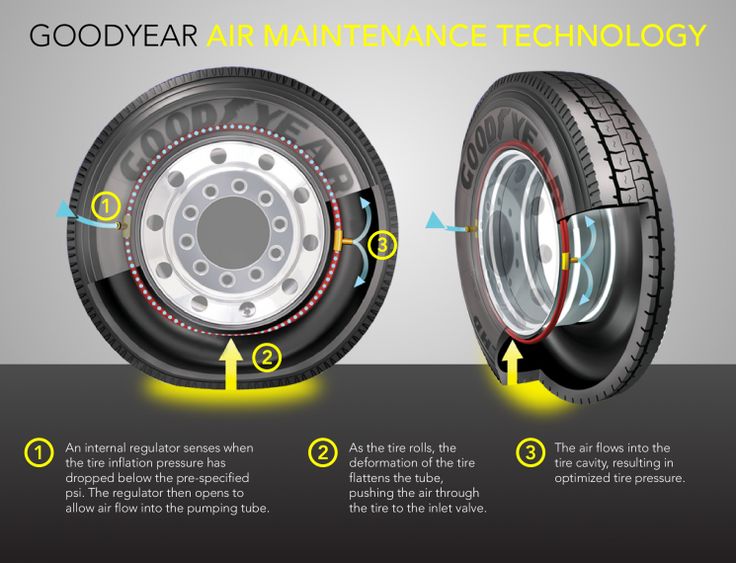 The reviews of carriers using this method say that the wheels will be unbalanced even more, this method is not welcome in tire shops.
The reviews of carriers using this method say that the wheels will be unbalanced even more, this method is not welcome in tire shops. Wheel balancing process
The problem of runout in the steering wheel is solved by equipping load wheels with balancing rings. Aluminum products must match the diameter of the disc hole. It is necessary to clean the hub, wash the hole, including its inside. Then I lubricate everything with a graphite mixture and install centering rings.
Skeptics who are against balancing truck tires are advised by experts to correct imbalances on all wheels, including trailers.
One of the driving myths: enough balancing on the drive axles. Yes, you need to pay special attention to them, but do not ignore other bridges. The reason is an inconsistent contact patch, which worsens traction, makes braking unpredictable, which is dangerous for a heavy car.
See also: How to check the steering rack for knocking and play yourself, health diagnostics
Truck wheel balancing machine
Uneven and premature abrasion of tires is a reality and an argument in favor of balancing all wheels.